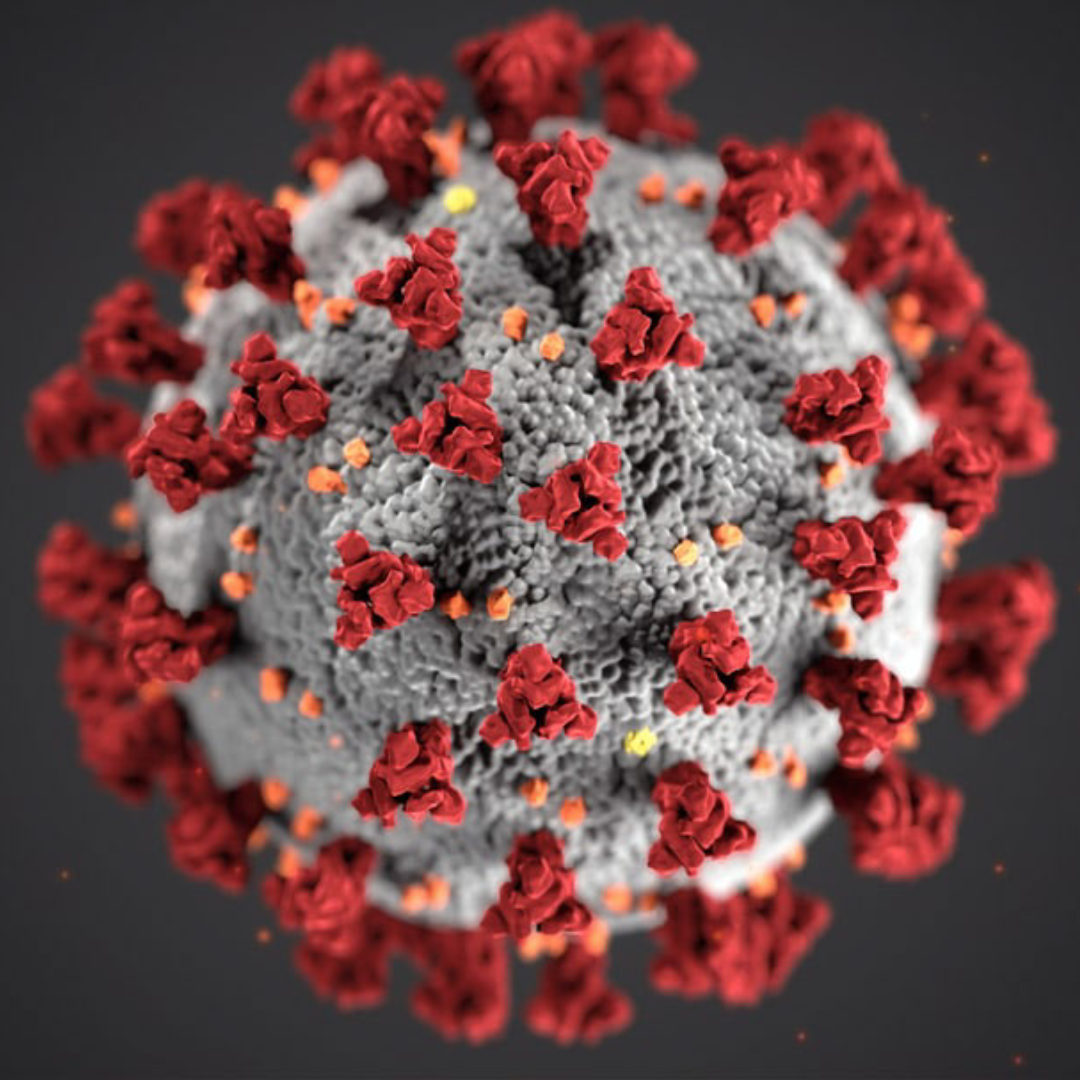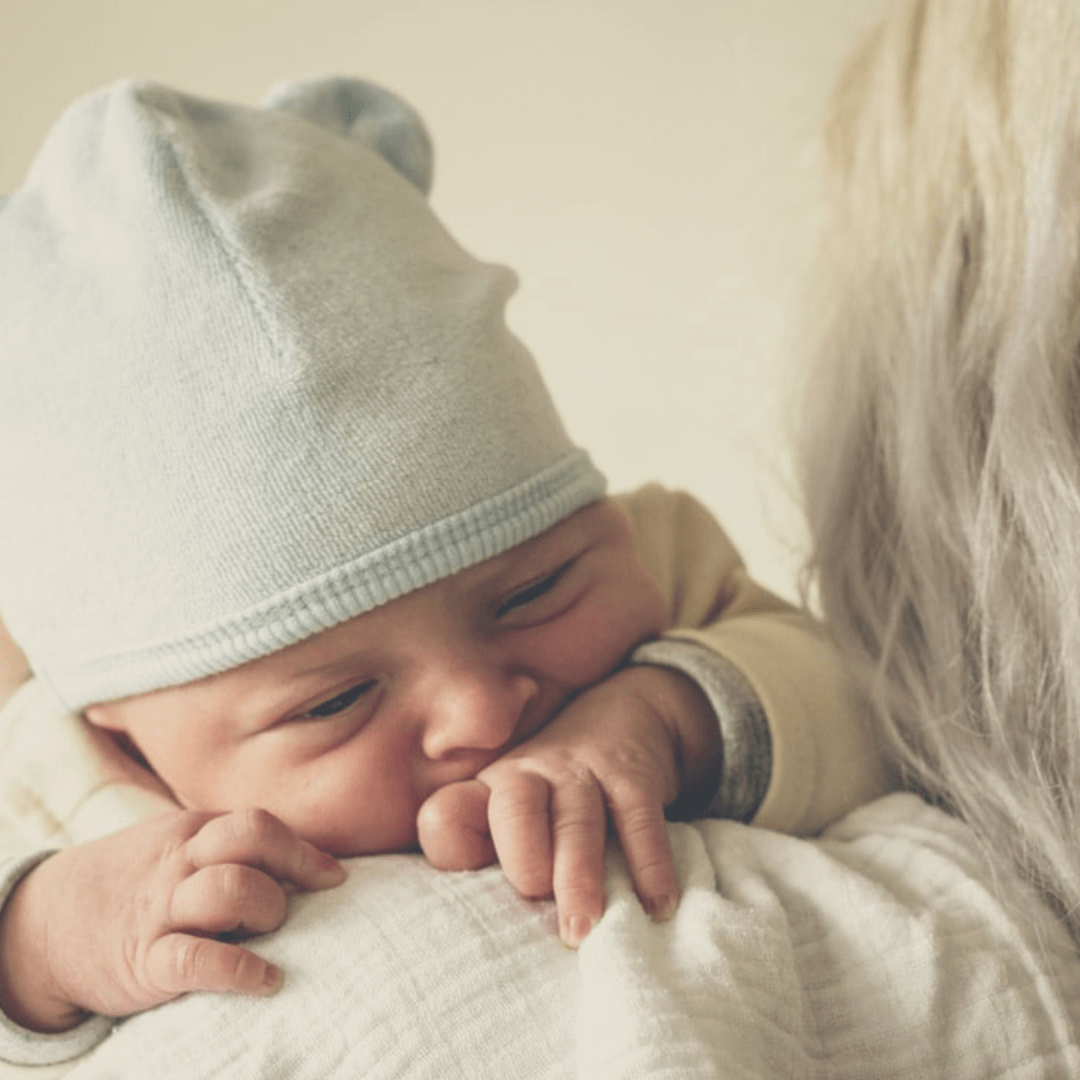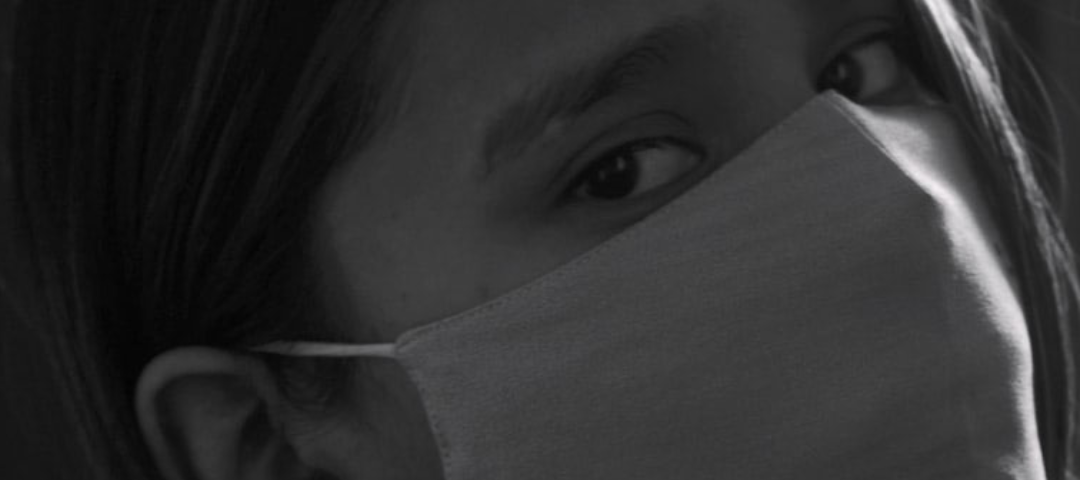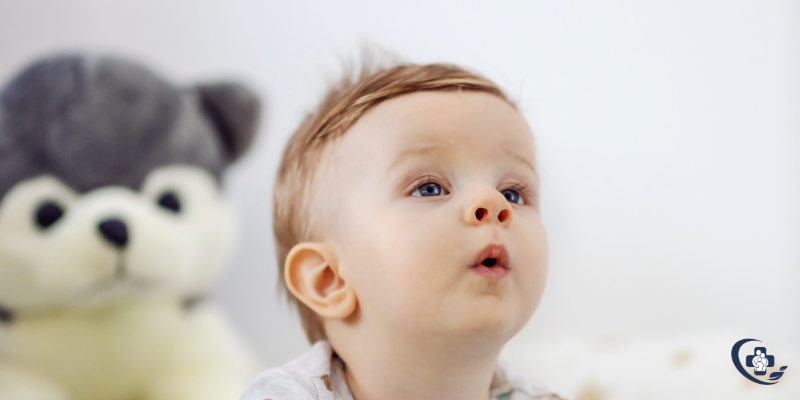
Coronavirus (COVID-19)
March 11, 2020
Should your child visit their pediatrician during COVID-19?
May 18, 2020To protect ourselves and others from COVID-19, the CDC is now recommending to use cloth face coverings where social distancing measures are hard to obtain. But are children given the same recommendation? FAQ’s about cloth face coverings and children during the pandemic.
The importance of cloth face coverings
Many individuals who have or have had COVID-19, do not have symptoms. Due to this, it is imperative to use cloth face coverings when appropriate. Cloth face coverings lower the risk of spreading the virus through the spray of respiratory droplets such as coughing and sneezing. This especially holds when someone with COVID-19 is within 6 feet of you, which is the range of transmitting the infection. Please note that children under 2 years old should not wear cloth face coverings.
When should children wear cloth face coverings?
There are numerous places where children should wear cloth face coverings. This includes areas where they will be susceptible to the range of transmitting infection (less than 6 feet away from others) such as; doctor’s offices, grocery stores, pharmacies, etc.
However, there are places where cloth face coverings are NOT necessary for children. This includes:
- At home, as long as they have not been exposed to someone with the virus.
- Outside, as long as they remain a safe distance from others (6 feet) and refrain from touching surfaces. For example, it is okay to take your children on a walk as long as they stay 6 feet away from others and do not touch surfaces. Surfaces such as tables, light posts, cars, water fountains, etc. can harbor many germs that may be infected with COVID-19. Refraining from touching surfaces will keep your children’s hands’ free of possibly touching an infected object.
You may have to reconsider putting a cloth face covering on your child if
- The cloth face covering is a possible choking hazard to your child.
- Your child constantly touches their face more than they would without the cloth face covering.
Practicing social distancing and staying home as much as possible remains the best way to protect you and your family from COVID-19, especially for young children who do not understand the dangers. Children who are sick (fever, cough, vomiting, etc.) should not leave their homes.
What to do if your child is afraid of wearing their cloth face covering
It is understandable if your child is afraid of wearing their cloth face covering, especially if they have never worn one before. Here are some tips on how to ease your child’s mind when it comes to wearing a face covering:
- Practice wearing the face-covering with your child at home so that they can get used to it.
- Draw a face covering on their favorite book character.
- Show your child photos of other children wearing face coverings.
- Decorate your child’s face covering
- Put a cloth covering on one of your child’s stuffed animals.
- Put a face covering on and look at it with your child in the mirror.
Children under three years old:It is best to talk to your young children in the language that they understand.
Children over three years old:Focus on germs. Allow them to understand that germs are unique to everyone’s body. Let them know that there are good germs and there are bad germs. Since we cannot tell which germs are good and which ones are bad, the cloth face coverings help keep the bad germs away.
Children may be wary of wearing cloth face coverings because they are afraid of being made fun of or others thinking they are sick. This is one of the biggest obstacles that parents face when trying to get their children to wear cloth face coverings. Children will be more receptive to wearing face coverings if they see other children and parents wearing them.
Cloth face coverings for children with health care needs
- Children with compromised immune systems are encouraged to wear N95 masks for extra protection.
- The families of children with compromised immune systems are encouraged to wear standard surgical masks if they are sick.
- Children who suffer from severe respiratory impairments may have difficulties with wearing cloth face coverings. These children might need alternatives for extra protection.
How to properly wear a cloth face covering
Securely place the cloth face covering over your nose and mouth. Then, stretch it around both of your ears. Do not forget to wash your hands before and after applying your cloth face covering and refrain from touching it once it is on your face. When it is time to remove the mask, do not take it off from the front of your face, instead, take it off from behind. Please remember that face coverings shouldn’t be worn while eating and drinking.





